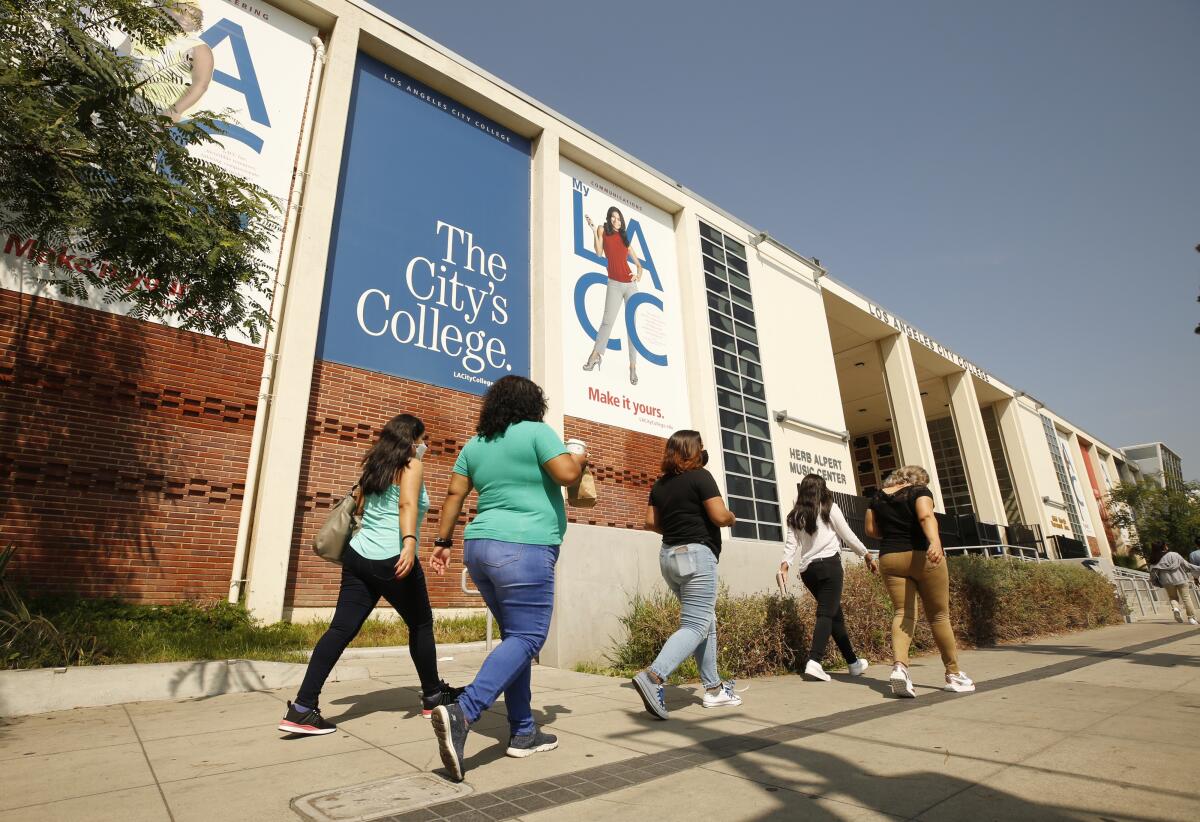In the pursuit of educational equity and opportunity, scholarships play a crucial role in bridging gaps and opening doors for students from underrepresented communities. The Catching the Dream Scholarship stands out as a powerful initiative dedicated to supporting Native American students in their quest for higher education. This article explores the Catching the Dream Scholarship, its objectives, eligibility criteria, application process, and impact on recipients.
Background and Purpose Catching the Dream Scholarship
The Catching the Dream Scholarship was established with the goal of providing financial assistance to Native American students seeking higher education. Founded by the non-profit organization Catching the Dream, the scholarship aims to empower students from tribal communities by easing the financial burdens associated with college and university education. The organization is committed to fostering educational excellence and leadership among Native American youth, reflecting a broader mission to promote self-sufficiency and community development.
Eligibility Criteria
To be eligible for the Catching the Dream Scholarship, applicants must meet the following criteria:
- Tribal Affiliation: Applicants must be enrolled members of a federally recognized Native American tribe. Verification of tribal enrollment is required.
- Academic Standing: The scholarship is open to high school seniors, undergraduate, and graduate students who have demonstrated academic excellence. A minimum GPA of 2.5 on a 4.0 scale is typically required, though specific GPA requirements may vary.
- Field of Study: The scholarship supports students pursuing a range of fields of study, though preference may be given to those pursuing degrees in areas that contribute directly to tribal communities, such as education, health, engineering, and business.
- Financial Need: Applicants should demonstrate financial need, though the scholarship is also open to those who have shown significant academic achievement and leadership.
- Community Involvement: Involvement in community service and extracurricular activities is considered. The scholarship values applicants who have made a positive impact in their tribal communities or beyond.
Application Process
The application process for the Catching the Dream Scholarship involves several key steps:
- Application Form: Applicants must complete a detailed application form, which is available on the Catching the Dream website or through affiliated tribal education offices. The form requires personal information, academic history, and details about the applicant’s tribal affiliation.
- Personal Essay: A critical component of the application is a personal essay. Applicants are typically required to write about their educational goals, reasons for pursuing higher education, and how they plan to contribute to their tribal community. The essay should reflect the applicant’s aspirations, challenges overcome, and commitment to community service.
- Letters of Recommendation: Applicants must submit letters of recommendation from individuals who can attest to their academic abilities, character, and involvement in community or extracurricular activities. These letters should come from teachers, mentors, or community leaders.
- Transcripts: Official academic transcripts are required to verify the applicant’s educational background and performance.
- Financial Documentation: Proof of financial need may be required, which could include family income statements or other relevant financial documents.
- Submission Deadline: Adhering to application deadlines is crucial. Deadlines are typically set well in advance of the academic year for which the scholarship is intended, so applicants should check the official website for specific dates. The specific deadline for the Catching the Dream Scholarship can vary each year. For the most accurate and up-to-date information, it’s best to visit the official Catching the Dream website .www.catchingthedream.org. or contact their office directly. See specific details below.
Selection Criteria
The selection process for the Catching the Dream Scholarship is competitive and involves several criteria:
- Academic Excellence: The scholarship committee evaluates the applicant’s academic record, focusing on GPA, coursework, and overall academic performance.
- Essay Quality: The personal essay is assessed for its clarity, originality, and alignment with the scholarship’s goals. The essay should provide insight into the applicant’s motivations and aspirations.
- Letters of Recommendation: Strong letters of recommendation that provide a comprehensive view of the applicant’s qualifications and character are crucial.
- Community Involvement: The committee considers the applicant’s involvement in community service and extracurricular activities, looking for evidence of a positive impact on their tribal community.
- Financial Need: While financial need is a consideration, it is balanced with academic achievements and potential contributions to the community.
Scholarship Amount
The Catching the Dream Scholarship typically offers awards ranging from $1,000 to $5,000. The exact amount awarded can vary based on the applicant’s needs and the availability of funds. For the most current information regarding scholarship amounts, it’s best to refer to their official website or contact their office directly.
Impact and Benefits
Receiving the Catching the Dream Scholarship has several significant benefits for recipients:
- Financial Assistance: The scholarship provides crucial financial support that can help cover tuition, books, and other educational expenses. This assistance alleviates some of the financial pressures associated with higher education.
- Educational Opportunities: By easing financial barriers, the scholarship enables students to pursue their educational goals and complete their degrees, thereby enhancing their career prospects.
- Recognition and Support: Being awarded the Catching the Dream Scholarship is a mark of distinction and provides recognition for the recipient’s hard work and dedication. The scholarship also offers access to a network of alumni and mentors.
- Community Impact: Recipients are encouraged to use their education to contribute positively to their tribal communities. The scholarship supports not only individual success but also the broader goal of community development and leadership.
Deadlines for the Catching the Dream Scholarship
Understanding and adhering to application deadlines is crucial for those interested in the Catching the Dream Scholarship. While specific deadlines can vary from year to year, here’s a general outline of the key deadlines and timeframes to be aware of:
Application Deadlines
- Spring Deadline:
- Typically, the application period for the spring semester opens in early to mid-October.
- The deadline for submitting applications is usually around late November to early December.
- This allows for review and processing before the start of the spring semester.
- Fall Deadline:
- For students applying for the fall semester, the application period generally opens in early March.
- The application deadline for the fall semester is usually around late April to early May.
- This timeline ensures that awards can be processed and disbursed before the fall semester begins.
Application Process Timeline
- Application Opening:
- Applications for each semester are typically available several months before the deadlines. Be sure to check the official Catching the Dream website or contact their office to confirm the exact opening dates.
- Submission Deadline:
- All application materials, including the application form, personal essay, letters of recommendation, transcripts, and financial documentation, must be submitted by the specified deadline. Late applications are generally not considered.
- Review Period:
- After the deadline, the scholarship committee reviews applications, which can take several weeks.
- Notification:
- Applicants are usually notified of their award status within a few weeks after the review period. Notifications are typically sent via email or postal mail.
- Acceptance and Disbursement:
- Awardees must confirm their acceptance of the scholarship. Following this, funds are disbursed according to the scholarship’s guidelines, usually before the start of the academic term.
Additional Tips
- Check the Official Website: For the most accurate and up-to-date information on deadlines, visit the Catching the Dream official website or contact their office directly.
- Early Preparation: Begin preparing your application materials well in advance to ensure you meet the deadline and submit a complete application.
- Verify Dates: Always verify the current deadlines as they can vary from year to year.
For the latest information on deadlines and application details, you can visit the Catching the Dream website or contact their office at:
Catching the Dream, Inc.
Phone: (505) 262-2351
Email: info@catchingthedream.org
Mailing Address:
Catching the Dream, Inc.
P.O. Box 27267
Albuquerque, NM 87125-7267
By adhering to these deadlines and following the application guidelines carefully, you can ensure that your application for the Catching the Dream Scholarship is considered and has the best chance of success.
Addendum
Writing a good Essay
Writing a strong essay for the Catching the Dream Scholarship involves several key elements to help your application stand out. Here are some tips for crafting a compelling essay:
1. Understand the Prompt
- Carefully read and understand the essay prompt or question. Ensure you address all parts of the prompt and stay focused on the specific topic.
2. Highlight Personal Experiences
- Share personal stories and experiences that illustrate your journey, challenges, and achievements. Connect these experiences to your goals and how the scholarship will help you achieve them.
3. Demonstrate Your Goals
- Clearly articulate your educational and career goals. Explain how receiving the scholarship will help you achieve these goals and make a positive impact on your community or field of study.
4. Showcase Your Strengths
- Emphasize your strengths, skills, and accomplishments. Highlight any leadership roles, community service, or extracurricular activities that demonstrate your commitment and dedication.
5. Be Authentic and Personal
- Write in your own voice and be genuine. Authenticity can make your essay more relatable and memorable. Avoid clichés and generic statements.
6. Focus on Impact
- Explain how the scholarship will impact your life and education. Discuss any specific plans or projects you have that will benefit from the scholarship funds.
7. Proofread and Edit
- Carefully proofread your essay for spelling, grammar, and punctuation errors. Consider having someone else review it for clarity and coherence.
8. Follow Guidelines
- Adhere to any formatting, length, and submission guidelines provided by the scholarship organization. Failure to follow these can result in disqualification.
9. Demonstrate Financial Need
- If applicable, explain your financial situation and how the scholarship will alleviate financial burdens. Be honest but concise.
10. Conclude Strongly
- End with a strong conclusion that reinforces your main points and leaves a lasting impression. Summarize your key arguments and reiterate your gratitude for the opportunity.
Focusing on these aspects, you can craft an essay that effectively communicates your qualifications and enthusiasm for the Catching the Dream Scholarship.
Conclusion
The Catching the Dream Scholarship represents a vital investment in the future of Native American students. By providing financial support, recognition, and encouragement, the scholarship helps bridge the gap between potential and achievement, empowering students to pursue higher education and make meaningful contributions to their communities. For Native American students committed to academic excellence and community service, the Catching the Dream Scholarship offers a valuable opportunity to achieve their educational and professional goals. Apply now!










